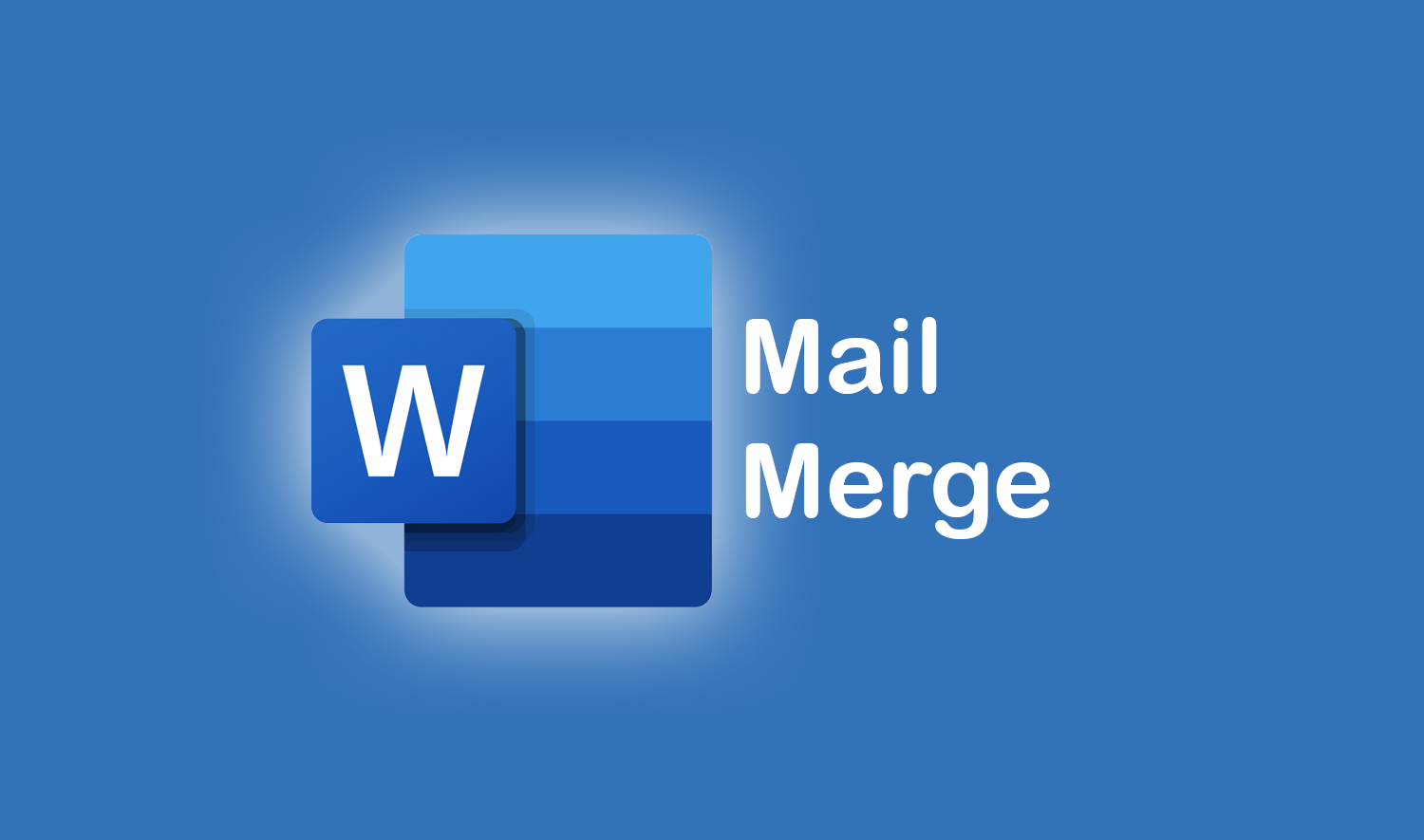Mail Merge is a powerful feature in Microsoft Word that allows users to generate multiple documents, such as letters, envelopes, labels, and emails, from a single template by connecting it to a data source. Whether you are sending personalized invitations, business letters, or mass emails, Mail Merge simplifies the process, reducing the need for manual input.
In this comprehensive guide, we will walk you through the steps to perform Mail Merge in Microsoft Word, covering everything from preparing your data source to finalizing your documents.

Why Use Mail Merge?
Mail Merge is widely used for:
- Personalized Communication – Send customized letters or emails with unique names, addresses, and details.
- Efficiency – Automate document creation instead of manually editing each one.
- Accuracy – Minimize human errors in mass communication.
- Versatility – Create letters, labels, envelopes, and email messages easily.
Prerequisites for Mail Merge
Before starting, ensure you have the following:
- Microsoft Word (any version with Mail Merge functionality)
- A data source (Excel spreadsheet, Outlook contacts, Access database, or another compatible file)
- A primary document (the template for letters, emails, labels, etc.)
Step-by-Step Guide to Perform Mail Merge
Step 1: Prepare Your Data Source
Your data source contains the information that will be merged into the document. The most commonly used format is an Excel spreadsheet.
- Open Microsoft Excel and create a spreadsheet with column headers like “First Name,” “Last Name,” “Email Address,” “Company,” etc.
- Enter the data in respective columns.
- Save the Excel file in an accessible location and close it to avoid conflicts during the Mail Merge process.
Step 2: Open Microsoft Word and Start Mail Merge
- Open Microsoft Word and create a new document.
- Go to the Mailings tab in the ribbon.
- Click Start Mail Merge and select the type of document you want to create:
- Letters – Ideal for personalized letters.
- Email Messages – For sending mass emails.
- Envelopes – To print recipient addresses on envelopes.
- Labels – For name tags or mailing labels.
- Directory – To generate directories or lists.
Step 3: Select Recipients
- Click Select Recipients in the Mailings tab.
- Choose Use an Existing List and browse for your Excel file.
- Select the worksheet containing your data and click OK.
- You can edit the recipient list if needed by clicking Edit Recipient List and filtering specific contacts.
Step 4: Insert Merge Fields
Merge fields are placeholders that will be replaced with actual data from your source.
- Place the cursor where you want the personalized data to appear.
- Click Insert Merge Field and select a field (e.g., “First Name”).
- Repeat the process for other fields like “Last Name,” “Company,” etc.
Example:
Dear <<First Name>> <<Last Name>>,
We are pleased to invite you to our annual event at <<Company>>
Step 5: Preview and Complete the Mail Merge
- Click Preview Results to check how the data appears in the document.
- Use the navigation arrows to review different entries.
- If everything looks good, click Finish & Merge and choose:
- Edit Individual Documents – Creates separate files for review.
- Print Documents – Sends merged letters directly to the printer.
- Send Email Messages – Sends emails if you selected “Email Messages” earlier.
Step 6: Save and Print (If Necessary)
- Save the merged document for future reference.
- If printing, ensure your printer settings are configured correctly.
Troubleshooting Common Mail Merge Issues
- Data Not Merging Properly
- Ensure the column headers in Excel match the merge fields in Word.
- Close the Excel file before selecting it in Word.
- Emails Not Sending
- Verify Outlook is set as the default email client.
- Ensure recipient email addresses are formatted correctly.
- Formatting Issues
- Use formatting options in Word to adjust fonts, alignments, and styles before merging.
Conclusion
Mail Merge in Microsoft Word is an essential tool for automating personalized document creation. By following the steps outlined above, you can efficiently generate customized letters, emails, labels, and more with minimal effort.
Read Also: Microsoft MS Word 2021 Free Course
